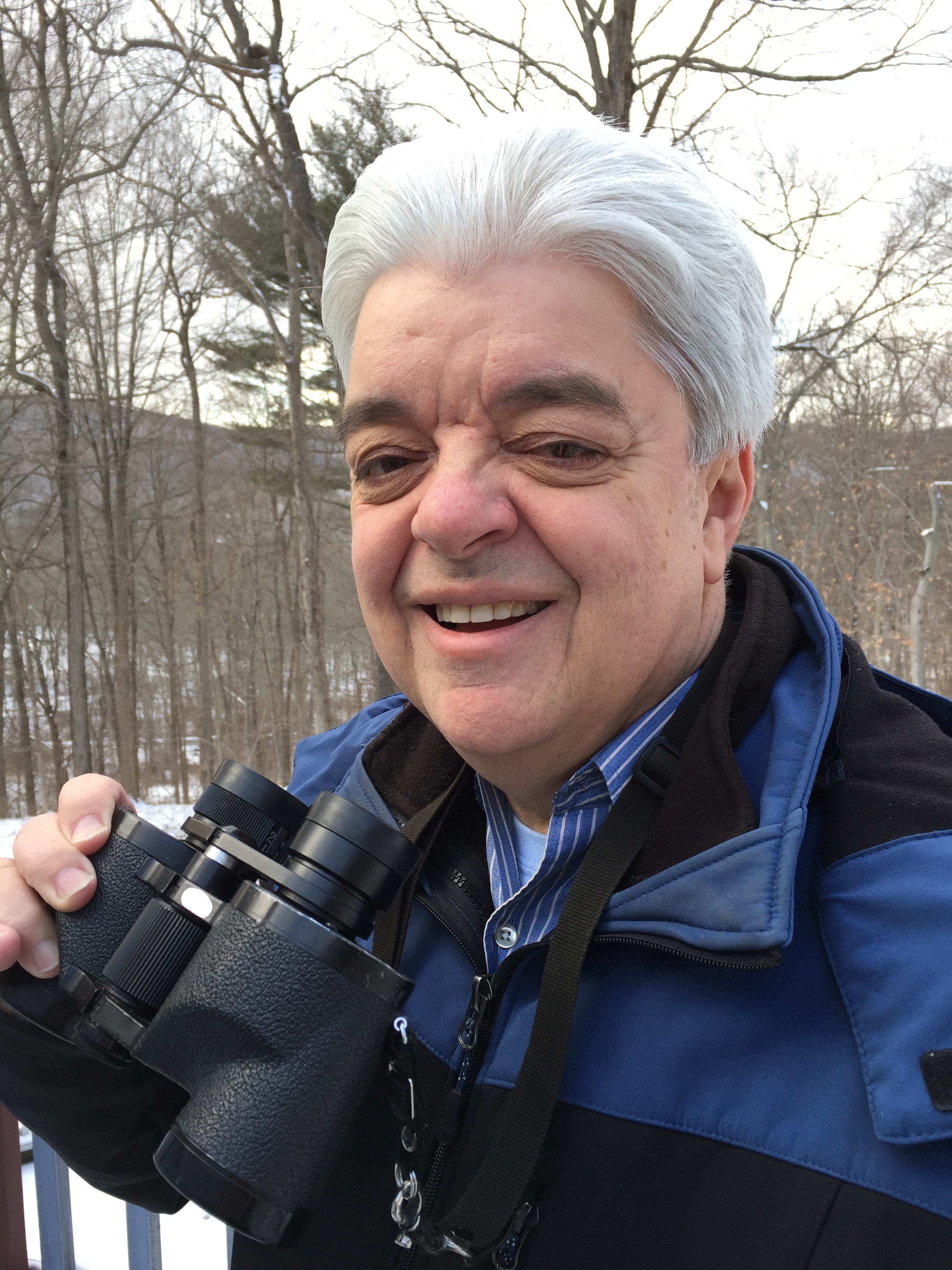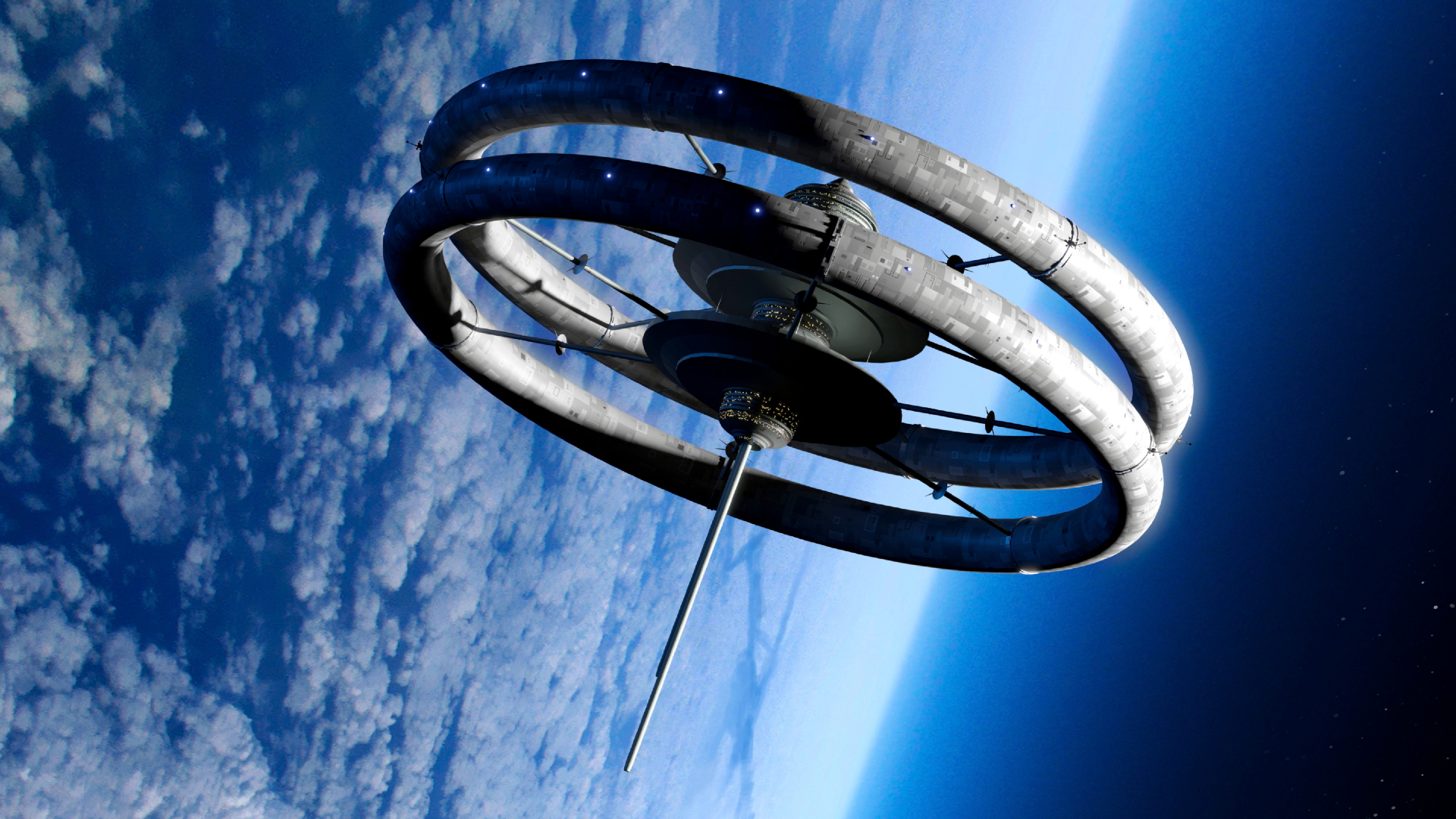'Great Show': Perseid Meteor Shower Peaks Sunday Night
Every August, just when many people go vacationing in thecountry where skies are dark, the best-known meteor shower makes itsappearance.
The annual Perseidmeteor shower is expected to be at its best this year, producing one or twometeors per minute during peak hours.
"It's going to be a great show,"said Bill Cooke of NASA's Meteoroid Environment Office at the Marshall SpaceFlight Center in Alabama.
History of fiery tears
August is also known as the month of "The Tears of St.Lawrence."
Laurentius, a Christian deacon, is said to have beenmartyred by the Romans in 258 AD on an iron outdoor stove. It was in the midstof this torture that Laurentius cried out:
"I amalready roasted on one side and, if thou wouldst have me well cooked, it istime to turn me on the other."
Breaking space news, the latest updates on rocket launches, skywatching events and more!
The Saint's death was commemorated on his feast day, Aug.10. King Phillip II of Spain built his monastery place, the "Escorial," on the plan of the holy gridiron. And the abundance of shooting stars seenannually between approximately Aug. 8 and 14 have come to be known as St.Lawrence's "fiery tears."
The reality
We know today that these meteors are actually the dustyremains left behind by the comet Swift-Tuttle.
Discovered back in 1862, and most recently observed in 1992,this comet takes approximately 130 years to circle the Sun. And in much thesame way that the Tempel-Tuttle comet leaves a trail of debris along its orbitto produce the Leonid Meteors of November, Comet Swift-Tuttle produces asimilar debris trail along its orbit to cause the Perseids.
Indeed, every year during mid-August, when the Earth passesclose to the orbit of Swift-Tuttle, the material left behind by the comet fromits previous visits rams into our atmosphere at approximately 37 miles persecond (60 kps) and creates bright streaks of light in our midsummer nightskies.
Perfect prospects
According to the best estimates, in 2007 the Earth ispredicted to cut through the densest part of the Perseid stream sometime around2 a.m. ET on Monday, Aug. 13. That corresponds to 11 p.m. PT on Aug. 12 forthose living in the Western United States or Canada.
The interval when the meteors will be falling at theirhighest rates will likely last several hours or more on either side of thesetimes.
As a result, it is the late-night hours Sunday, on throughthe first light of dawn Monday that holds the greatest promise of seeing a veryfine Perseid display.
The moon, whose bright light almost totally wrecked lastyear's shower, will have zero impact this year. The moon will be new on Sunday,meaning that there will be no interference from it at all.
Perfect!
What to expect
A very good shower will produce about one meteor perminute for a given observer under a dark country sky. Any light pollution ormoonlight considerably reduces the count.
The AugustPerseids are among the strongest of the readily observed annual meteorshowers, and at maximum activity nominally yields 90 or 100 meteors per hour. However,observers with exceptional skies often record even larger numbers. Typicallyduring an overnight watch, the Perseids are capable of producing a number ofbright, flaring and fragmenting meteors, which leave fine trains in their wake.
On the night of shower maximum, the Perseid radiant is notfar from the famous "Double Star Cluster" of Perseus (hence the name, "Perseid"). Low inthe northeast during the early evening, it rises higher in the sky untilmorning twilight ends observing. Shower members appearing close to the radianthave foreshortened tracks; those appearing farther away are often brighter,have longer tracks, and move faster across the sky.
About five to 10 of the meteors seen in any given hour willnot fit this geometric pattern, and may be classified as sporadic or as membersof some other (minor) shower.
Plan your time
Perseid activity increases sharply in the hours aftermidnight, so planyour observing times accordingly. We are then looking more nearly face-oninto the direction of the Earth's motion as it orbits the Sun, and the radiantis also higher up.
Making a meteor countis as simple as lying in a lawn chair or on the ground and marking on aclipboard whenever a "shooting star" is seen. Watching for thePerseids consists of lying back, gazing up into the stars, and waiting. It iscustomary to watch the point halfway between the radiant (which will be risingin the northeast sky) and the zenith, though it's perfectly all right for yourgaze to wander.
Counts should be made on several nights before and after thepredicted maximum, so the behavior of the shower away from its peak can bedetermined.
Usually, good numbers of meteors should be seen on thepreceding and following nights as well. The shower is generally at one-quarterstrength one or two nights before and after maximum. A few Perseids can be seenas much as two weeks before and a week after the peak. The extreme limits, infact, are said to extend from July 17 to August 24, though anoccasional one may be seen almost anytime during the month of August.
In addition to the Perseids, some skywatchers will have anopportunity to view another potentially strong meteor display at the beginningof September: the Aurigid meteors. We'll have more details on this in next week'sNight Sky, so stay tuned!
- Top 10 Perseid Meteor Shower Facts
- Perseid Meteor Shower Images 2006 / 2005
- Vote: The Greatest Comets Images
Joe Rao serves as an instructor and guest lecturer at New York's Hayden Planetarium. He writes about astronomy for The New York Times and otherpublications, and he is also an on-camera meteorologist for News 12 Westchester, New York.

Joe Rao is Space.com's skywatching columnist, as well as a veteran meteorologist and eclipse chaser who also serves as an instructor and guest lecturer at New York's Hayden Planetarium. He writes about astronomy for Natural History magazine, Sky & Telescope and other publications. Joe is an 8-time Emmy-nominated meteorologist who served the Putnam Valley region of New York for over 21 years. You can find him on Twitter and YouTube tracking lunar and solar eclipses, meteor showers and more. To find out Joe's latest project, visit him on Twitter.
